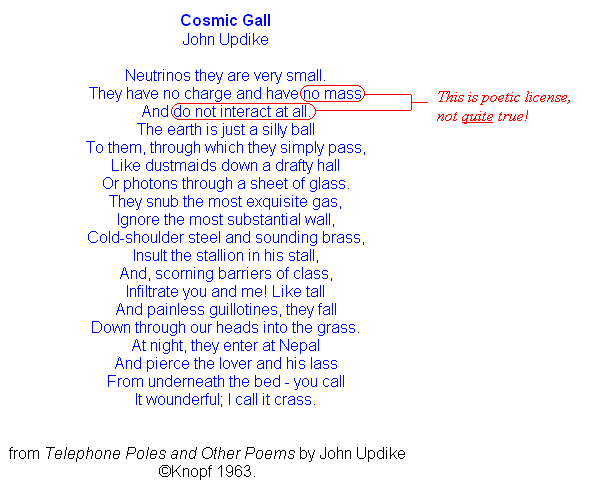 The neutrino is the smallest, hardest to detect particle that has ever
been proven to exist. Neutrinos are emitted in the decay of
radioactive elements and in the decay of some unstable elementary
particles. Many neutrinos were also made in the big bang. Neutrinos
might make up as much of the mass of the universe as all of the atoms
heavier than hydrogen put together, but you don't normally notice
them, because once created, neutrinos hardly ever get absorbed again.
They hardly interact with matter at all.
The neutrino is the smallest, hardest to detect particle that has ever
been proven to exist. Neutrinos are emitted in the decay of
radioactive elements and in the decay of some unstable elementary
particles. Many neutrinos were also made in the big bang. Neutrinos
might make up as much of the mass of the universe as all of the atoms
heavier than hydrogen put together, but you don't normally notice
them, because once created, neutrinos hardly ever get absorbed again.
They hardly interact with matter at all.
By building very large detectors deep underground, scientists have
observed neutrinos. By the late 1990's, we had observed neutrinos
from the sun, from nuclear power stations, from cosmic rays, and from
accelerators. But there was something strange about the number of
neutrinos detected from the sun. There weren't enough of them.
Something interesting was happening. Either the sun worked very
differently than we thought (and by the late 1990's, there were many
different kinds of measurements of the sun that said the sun was well
understood) or else the neutrinos themselves were changing,
"disappearing" by transforming themselves into some kind of neutrino
we couldn't detect. This could happen by a process called "neutrino
oscillation."
But why did this happen only for solar neutrinos, and not to the
neutrinos from reactors? Theorists calculated the properties of the
oscillating neutrinos,
and found that all of the observations made at
reactors were made too close to the reactor.
Their calculation is
shown at the right. Neutrino scientists wanted to make measurements
of the neutrinos from reactors more than 100 kilometers away, but even
though the most powerful nuclear power station reactor cores make over
500 trillion neutrinos in every millionth of a second, the neutrinos
interact so rarely that no reactor was powerful enough to make enough
neutrinos to be seen that far away. It would take almost 100 reactor
cores to generate even one neutrino interaction event a day in a 1000
ton detector.
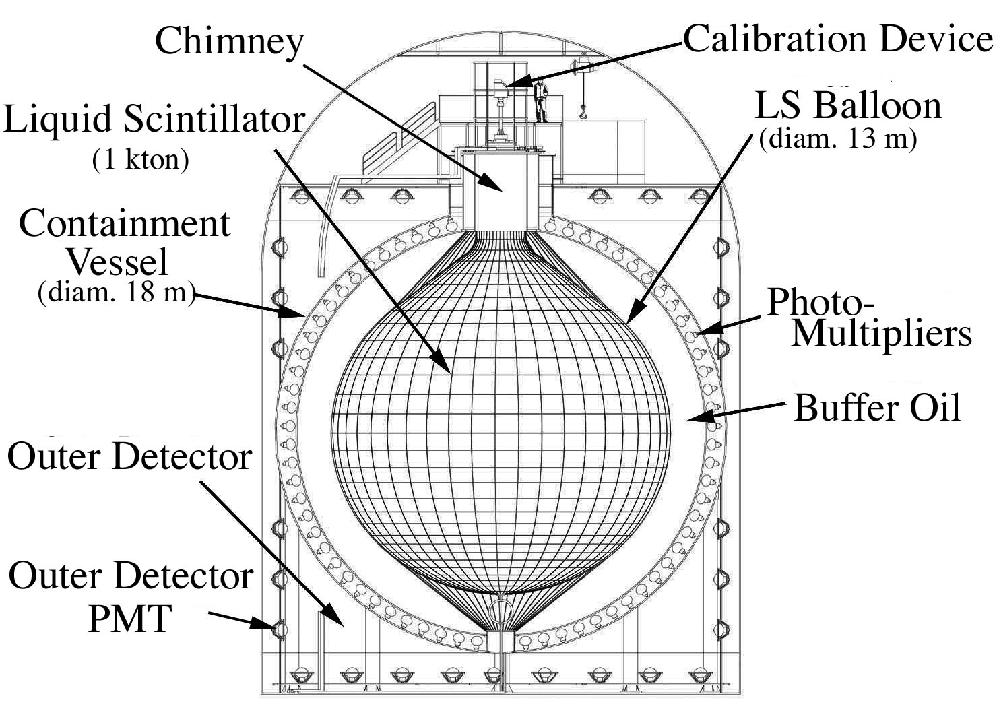 One day, a professor at Tohoku University named Atsuto Suzuki had a
great idea: "There are almost one hundred reactor cores in Japan," he
thought, "and a 1000 ton detector would fit in the cavern in the
Kamioka mine where the first Kamiokande solar neutrino detector was
built." He checked, and most the reactors in Japan were about 180
kilometers away. He decided to call the new experiment KamLAND:
Kamioka Liquid-scintilaltor Anti-Neutrino Detector. His idea for the
detector is shown on the left; a computer-generated visualization of
the detector inside the mine is shown below; below that is a map of
Japan showing the neutrinos travelling from each reactor to KamLAND.
One day, a professor at Tohoku University named Atsuto Suzuki had a
great idea: "There are almost one hundred reactor cores in Japan," he
thought, "and a 1000 ton detector would fit in the cavern in the
Kamioka mine where the first Kamiokande solar neutrino detector was
built." He checked, and most the reactors in Japan were about 180
kilometers away. He decided to call the new experiment KamLAND:
Kamioka Liquid-scintilaltor Anti-Neutrino Detector. His idea for the
detector is shown on the left; a computer-generated visualization of
the detector inside the mine is shown below; below that is a map of
Japan showing the neutrinos travelling from each reactor to KamLAND.
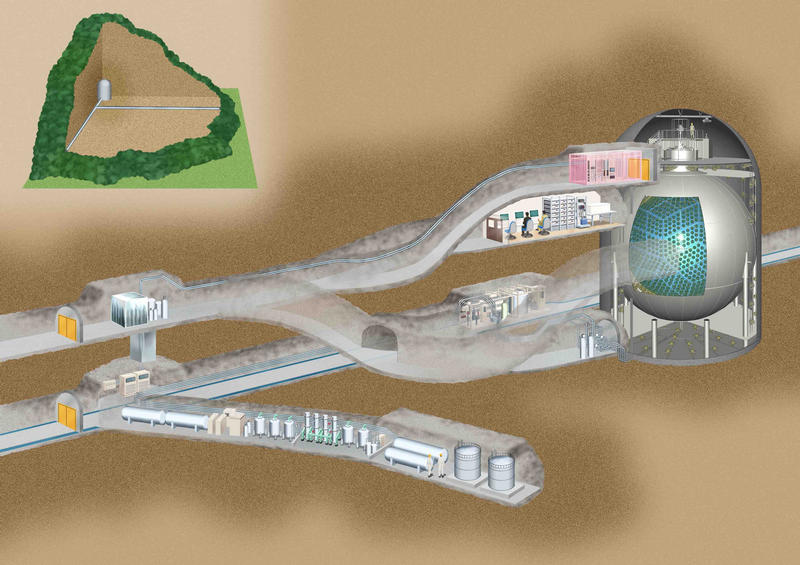
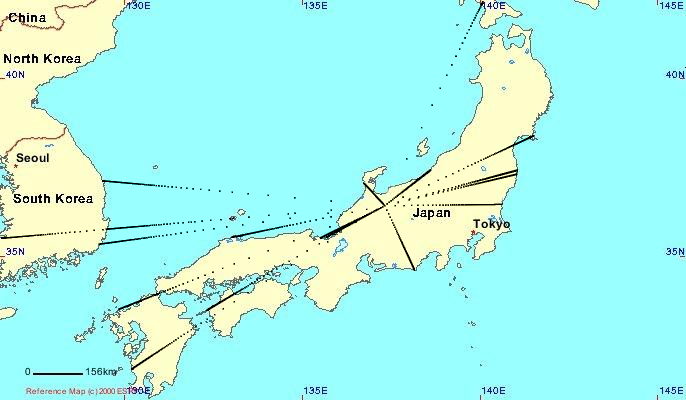
Professor Suzuki got money from the Japanese government to start
building his new neutrino detector.
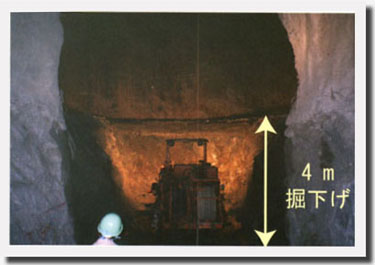 The old
Kamiokande detector was removed and the floor lowered a bit to make
room for the new detector.
The old
Kamiokande detector was removed and the floor lowered a bit to make
room for the new detector.

Then the
assembly of the new detector started. American researchers joined the
Japanese group, with funding from the U.S. Department of Energy.
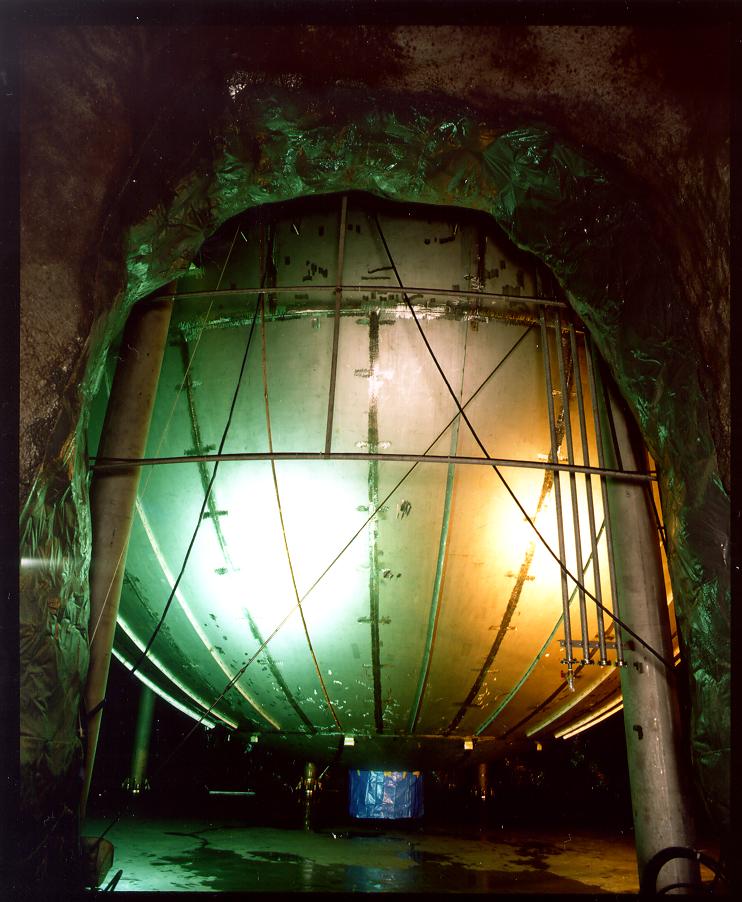
After the main tank was finished...
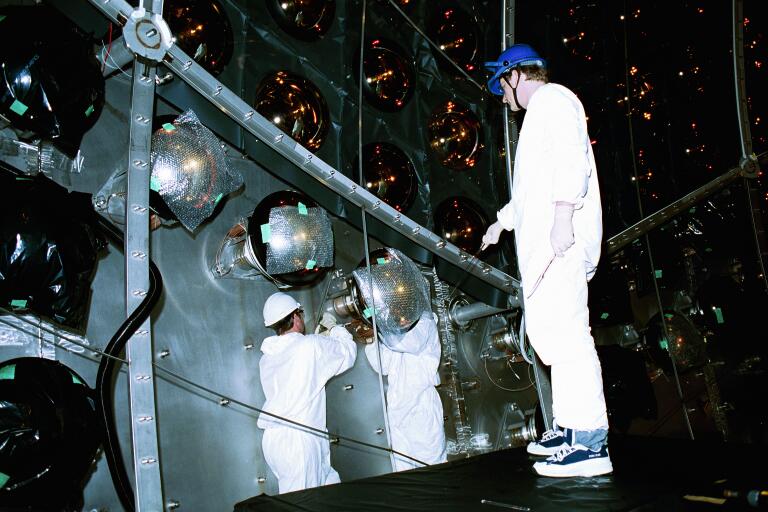
...we began installing
photomultiplier tubes, which work like biggest, most sensitive eyes
imaginable, inside the detector.
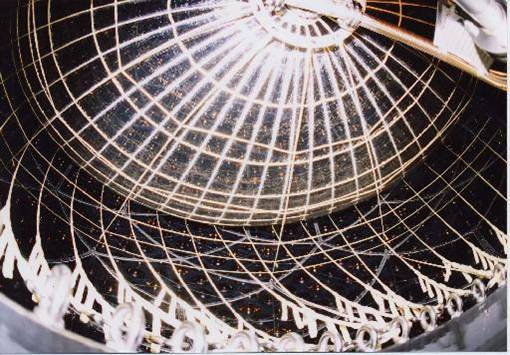
Then, we installed a large balloon, 13 meters in diameter, inside
the main tank.
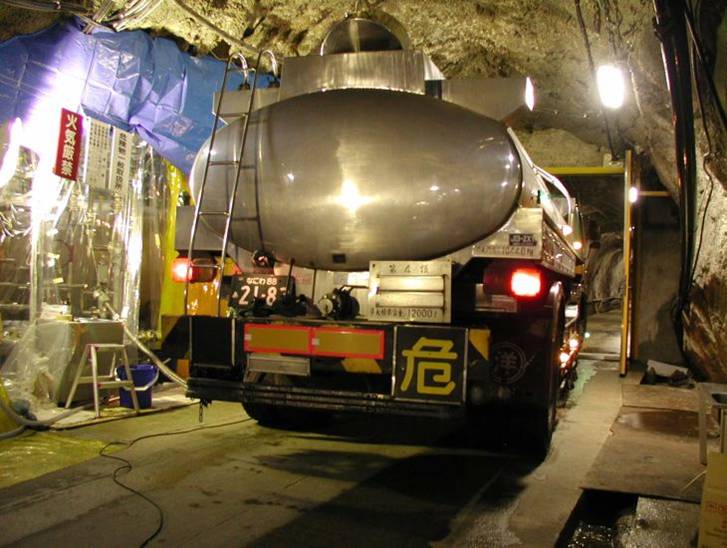 We filled
the inside of the balloon with liquid scintillator, brought into the
mine by the truck full. Scintillator makes a flash of light when a
certain kind of radiation deposits energy in it, including the kind
created when a neutrino from a reactor, very rarely, interacts with a
proton in the scintillator.
We filled
the inside of the balloon with liquid scintillator, brought into the
mine by the truck full. Scintillator makes a flash of light when a
certain kind of radiation deposits energy in it, including the kind
created when a neutrino from a reactor, very rarely, interacts with a
proton in the scintillator.
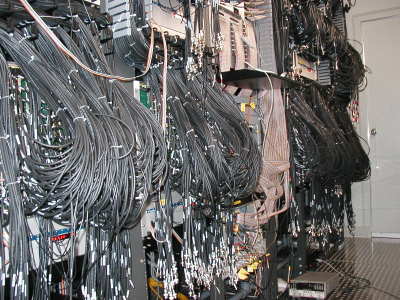
There were a lot of wires to hook up to the readout electronics.
Finally, we began reading out the data.
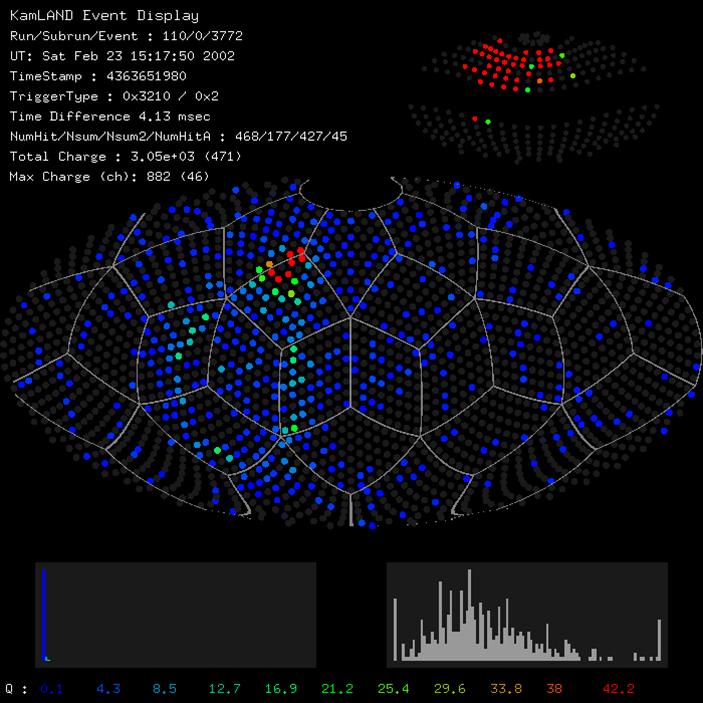
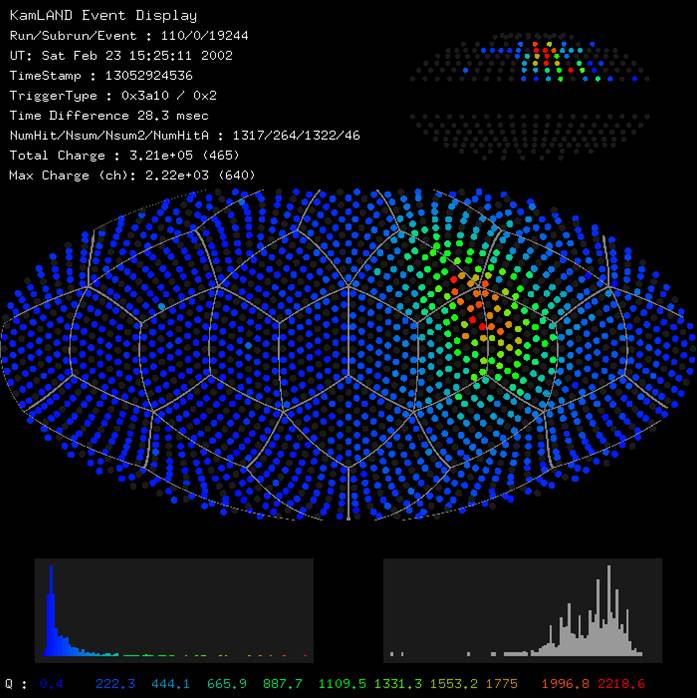
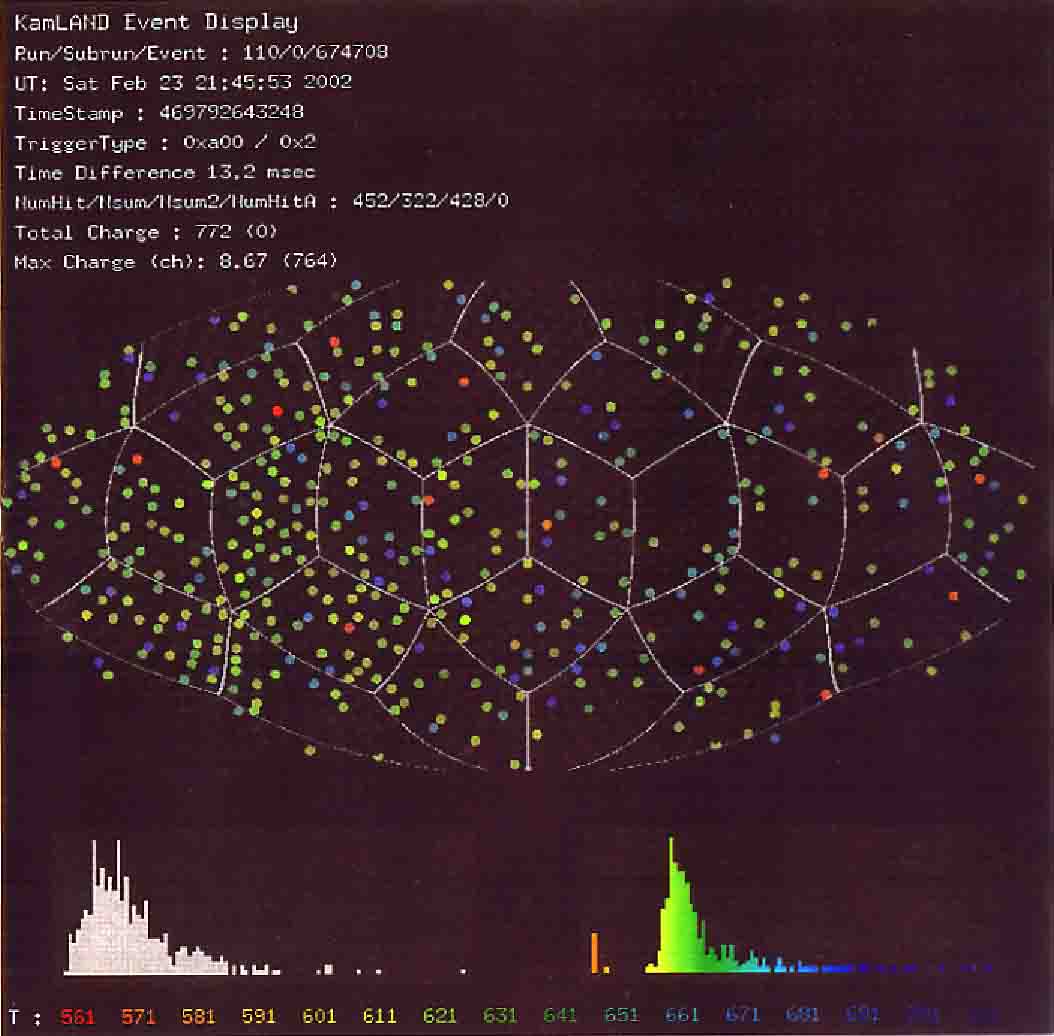
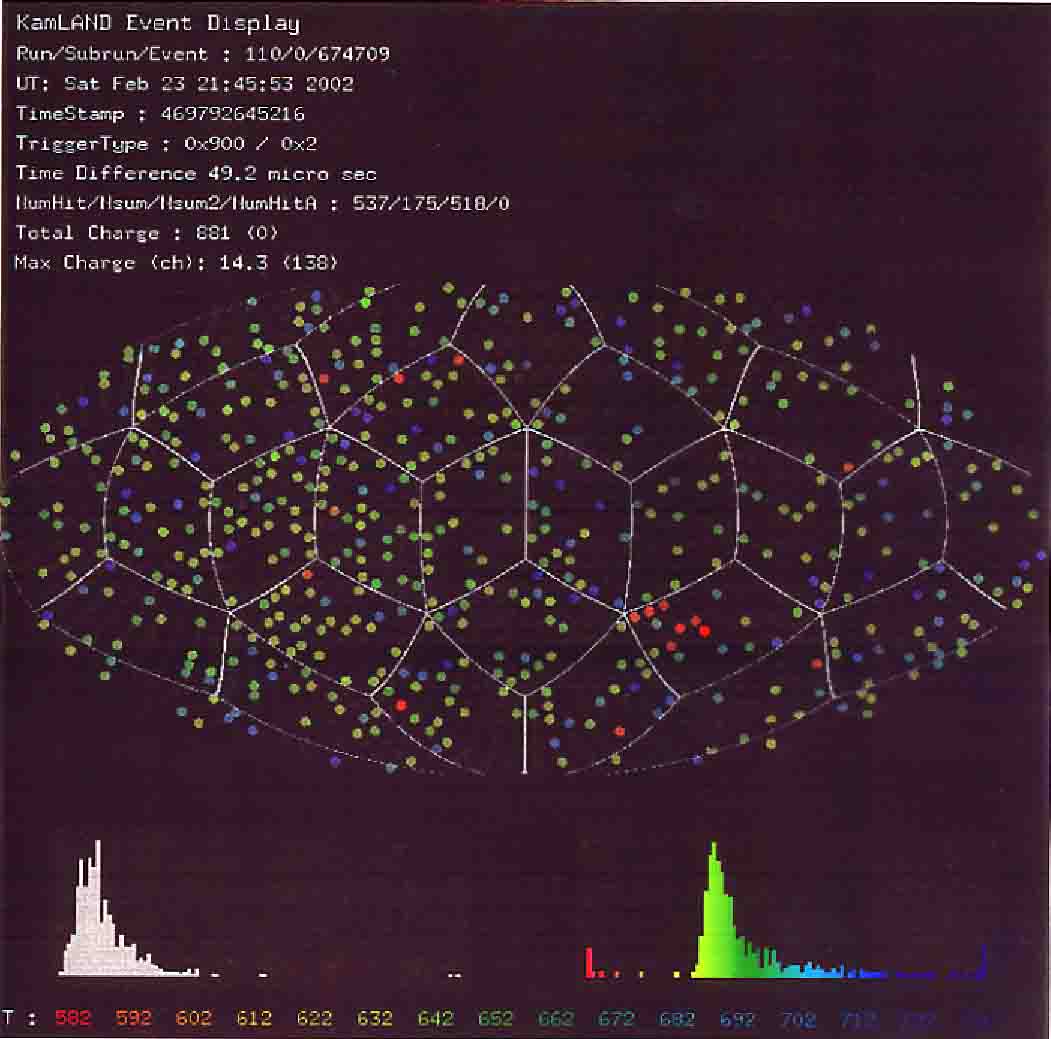
And when we looked at the number of neutrinos seen compared to the
number of neutrinos emitted by the reactors, we saw just the deficit
that was predicted. Hooray! We understand the sun and neutrinos too.
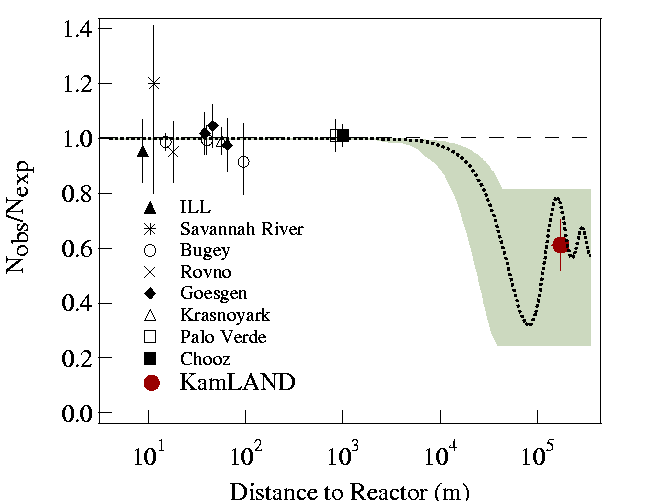
But wait: the theorists predict that a different effect should apply to lower energy solar neutrinos. We can't test that with the reactor neutrinos, and solar neutrinos have not yet been observed at that energy. Do we really understand the solar neutrinos? Let's find out...
G. Horton-Smith, 2004/10/11.